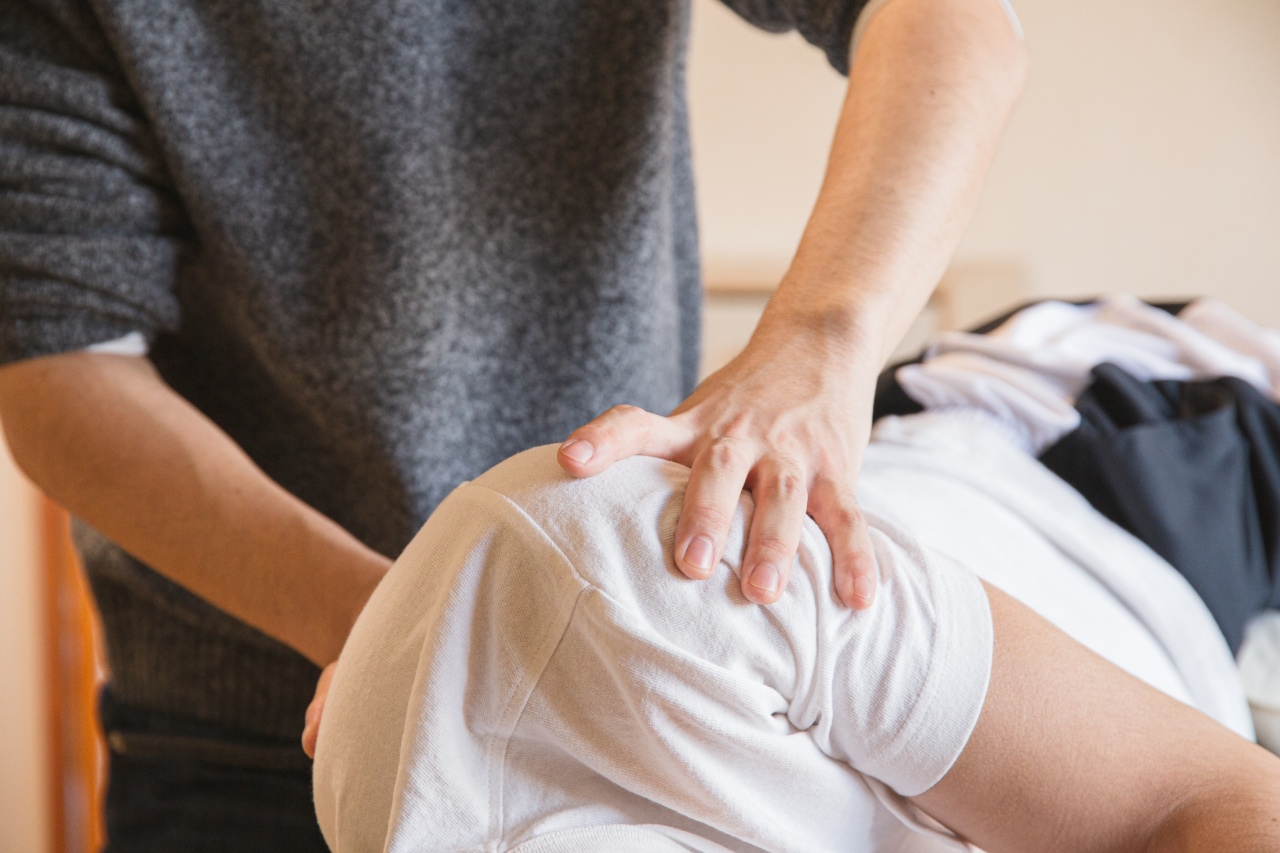Pain in the left hand can be a result of various reasons, ranging from minor injuries to severe conditions such as heart attack or arthritis. In this article, we will discuss the most common causes of pain in the left hand.
1. Carpal Tunnel Syndrome
Carpal tunnel syndrome is a condition that occurs when the median nerve, which runs from the forearm to the hand through the wrist, is compressed or pinched at the wrist.
The symptoms of carpal tunnel syndrome include pain, numbness, and tingling in the thumb, index, and middle fingers. In some cases, patients may also experience weakness in the hand and difficulty gripping objects.
2. Tendinitis
Tendinitis is a condition that occurs when the tendons, which connect the muscles to the bone, become inflamed. This condition is common in people who engage in repetitive activities, such as typing or using a computer mouse.
The symptoms of tendinitis include pain, swelling, and stiffness in the affected area, which in this case would be the left hand.
3. Arthritis
Arthritis is a condition that causes inflammation in the joints. There are more than 100 different types of arthritis, but the most common types are osteoarthritis and rheumatoid arthritis.
Osteoarthritis occurs when the protective cartilage that covers the ends of the bones wears down over time, leading to pain and stiffness in the joints. Rheumatoid arthritis, on the other hand, is an autoimmune disorder that causes the immune system to attack the lining of the joints, leading to pain, swelling, and stiffness. Arthritis can affect any joint in the body, including those in the left hand.
4. Trigger Finger
Trigger finger is a condition that occurs when the tendons in the finger become inflamed and thickened, causing the finger to get stuck in a bent position.
The symptoms of trigger finger include pain, stiffness, and a popping sensation when the finger is straightened. Trigger finger can occur in any finger, including those in the left hand.
5. Dupuytren’s Contracture
Dupuytren’s contracture is a condition that occurs when the tissue beneath the skin of the palm and fingers thickens and tightens, causing the fingers to curl inward.
The symptoms of Dupuytren’s contracture include pain, stiffness, and difficulty gripping objects. This condition typically affects the ring finger and little finger, but it can also affect the fingers in the left hand.
6. Raynaud’s Disease
Raynaud’s disease is a condition that causes the blood vessels in the fingers and toes to narrow, reducing blood flow to these areas. This can cause pain, numbness, and tingling in the affected areas.
Raynaud’s disease typically occurs in response to cold temperatures or emotional stress, but it can also affect the fingers in the left hand.
7. Heart Attack
A heart attack occurs when the blood flow to the heart is blocked, which can damage or destroy part of the heart muscle.
The symptoms of a heart attack include chest pain or discomfort, shortness of breath, nausea, and pain or discomfort in the arms, back, neck, or jaw. In some cases, a heart attack can cause pain or discomfort in the left hand.
8. Torn Ligament
A torn ligament in the hand can cause pain and difficulty using the affected hand. Ligament tears in the hand can occur due to a sudden injury, such as a fall or impact to the hand, or due to repetitive stress on the hand.
Symptoms of a torn ligament in the hand include pain, swelling, and limited range of motion in the affected hand.
9. Ganglion Cyst
A ganglion cyst is a fluid-filled bump that develops on the tendons or joints of the hand or wrist. These cysts are usually harmless, but they can cause pain or discomfort if they press on a nerve or interfere with joint movement.
Symptoms of a ganglion cyst include a bump on the hand or wrist, pain or discomfort in the affected area, and limited range of motion in the affected joint.
10. Trigger Thumb
Trigger thumb is a condition that occurs when the tendon that controls the movement of the thumb becomes inflamed and thickened. This can cause the thumb to get stuck in a bent position or to snap or pop when straightened.
Symptoms of trigger thumb include pain, stiffness, and a popping sensation when the thumb is moved.

























